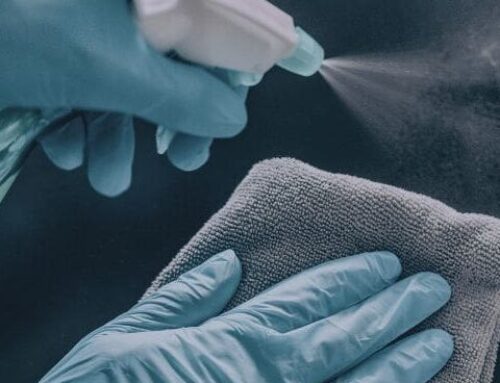Clinicians and patients want to know if reprocessed endoscopes are contaminated. To that end, CDC has created interim duodenoscope sampling and culture protocols. UCLA Medical Center used the interim CDC protocols on the known-to-be-contaminated duodenoscopes, but no CRE was detected.
There are several reasons that UCLA may not have detected CRE despite the molecular evidence indicating its presence:
- UCLA initially used a different procedure to sample the endoscopes which may not have been as sensitive or may have removed the CRE.
- Sampling was conducted long after the duodenoscopes were removed from use; CRE may have died during that time.
- The duodenoscopes in question were processed with orthophthalaldehyde (OPA). OPA persists on rinsed materials and exerts inhibitory effects in culture. The CDC procedure did not incorporate an OPA neutralizer, such as glycine.
- The crevices at the end of a duodenoscope are difficult to penetrate and access. It is possible the CRE was simply shielded from sampling (and disinfection) within such a space.
Knowing whether disinfected endoscopes are contaminated is crucial, so refinement and validation of the CDC methods is underway.




